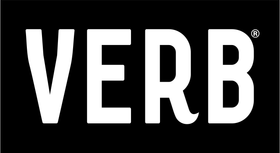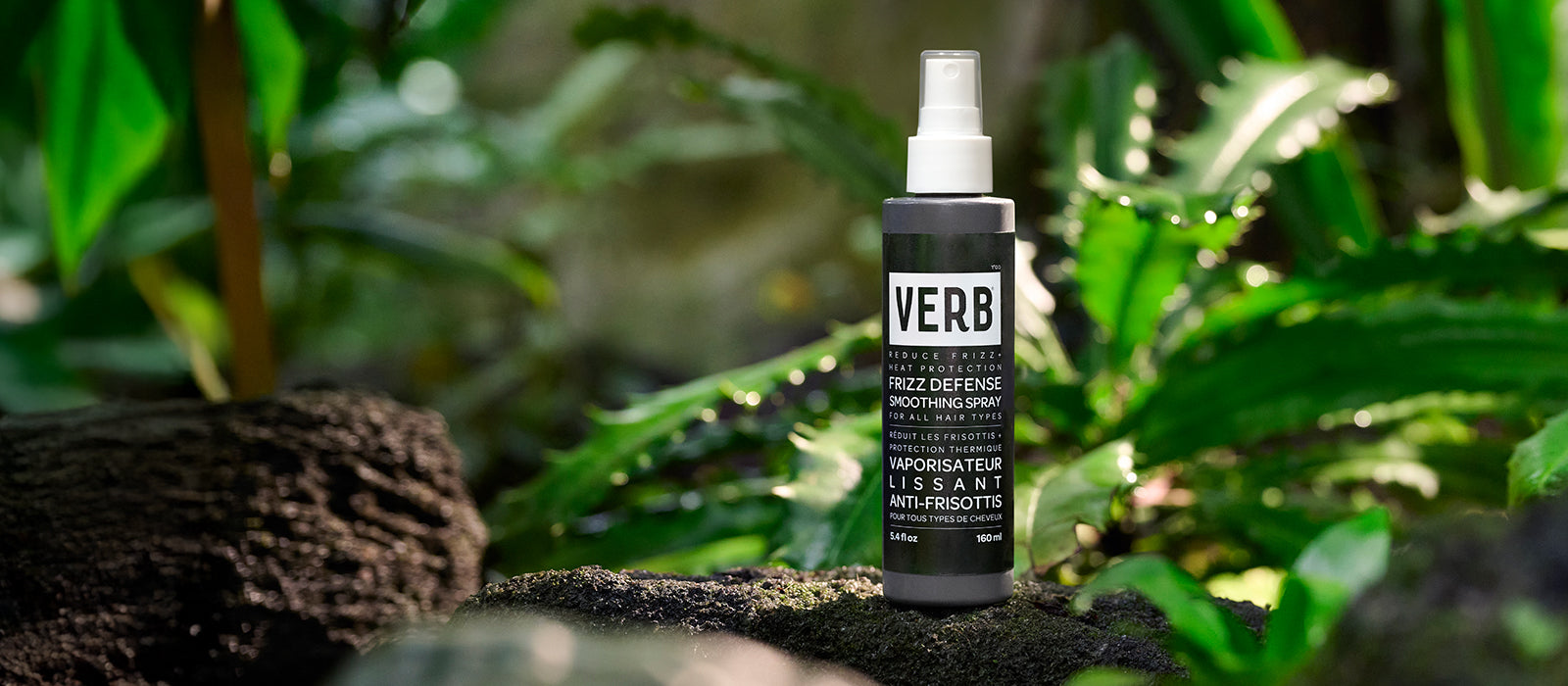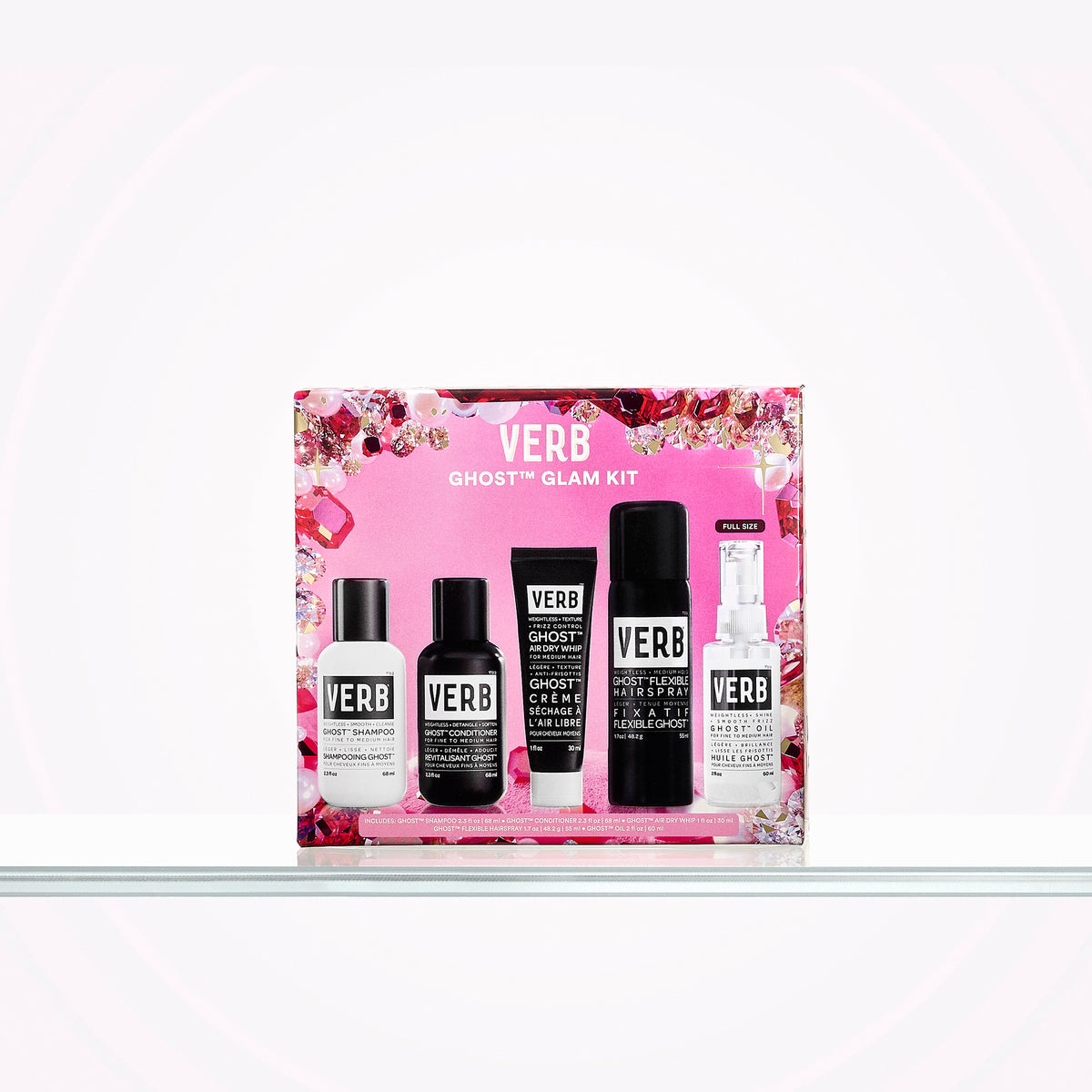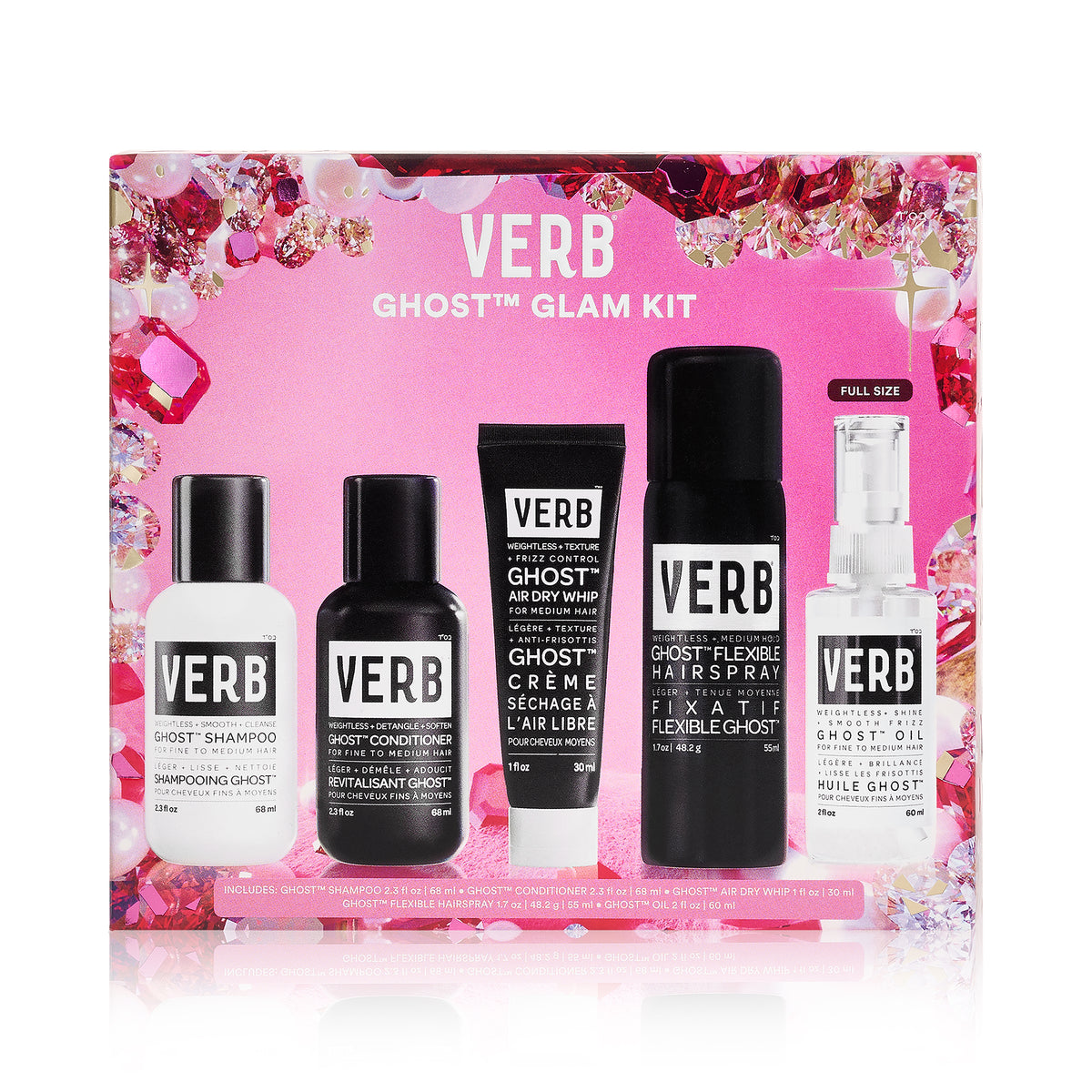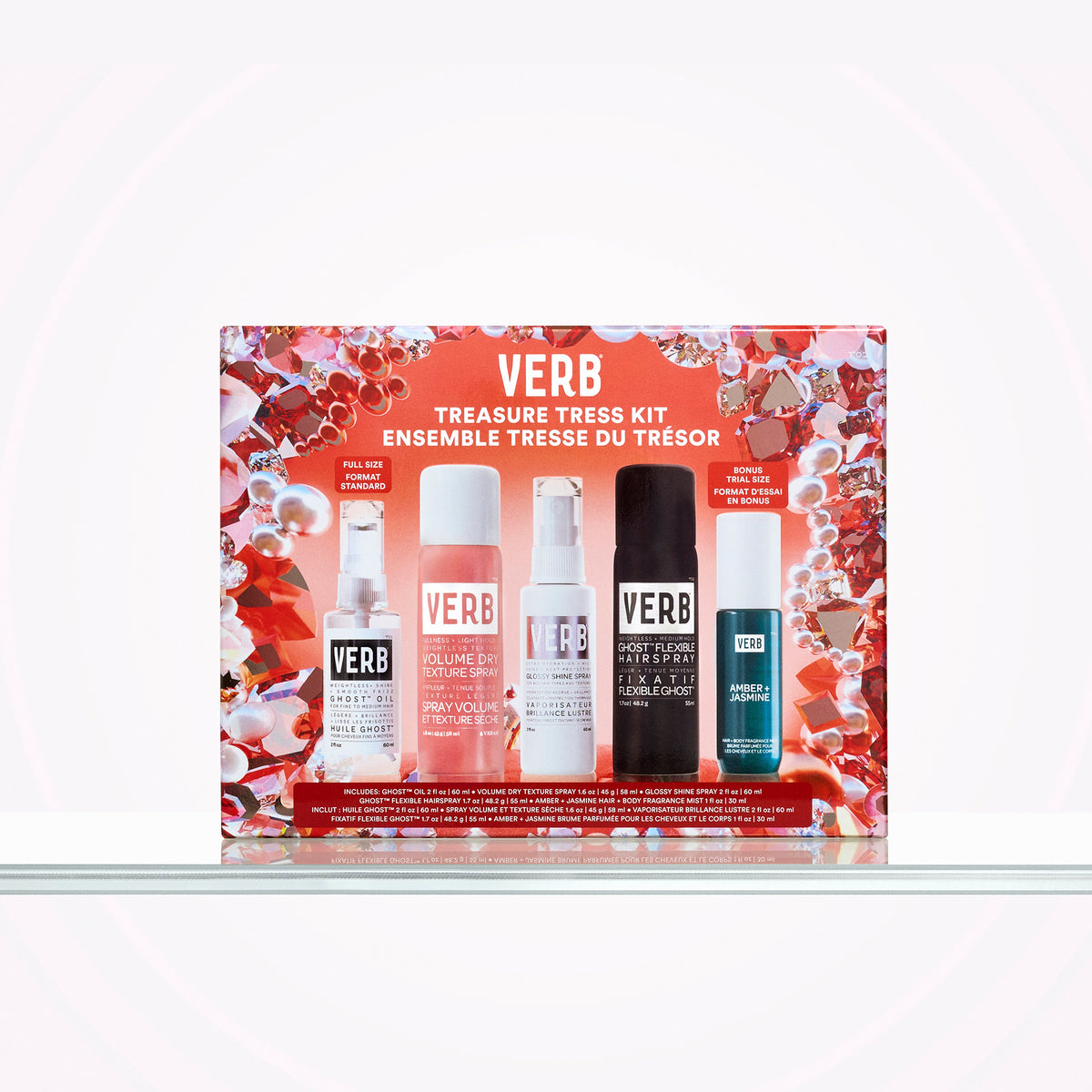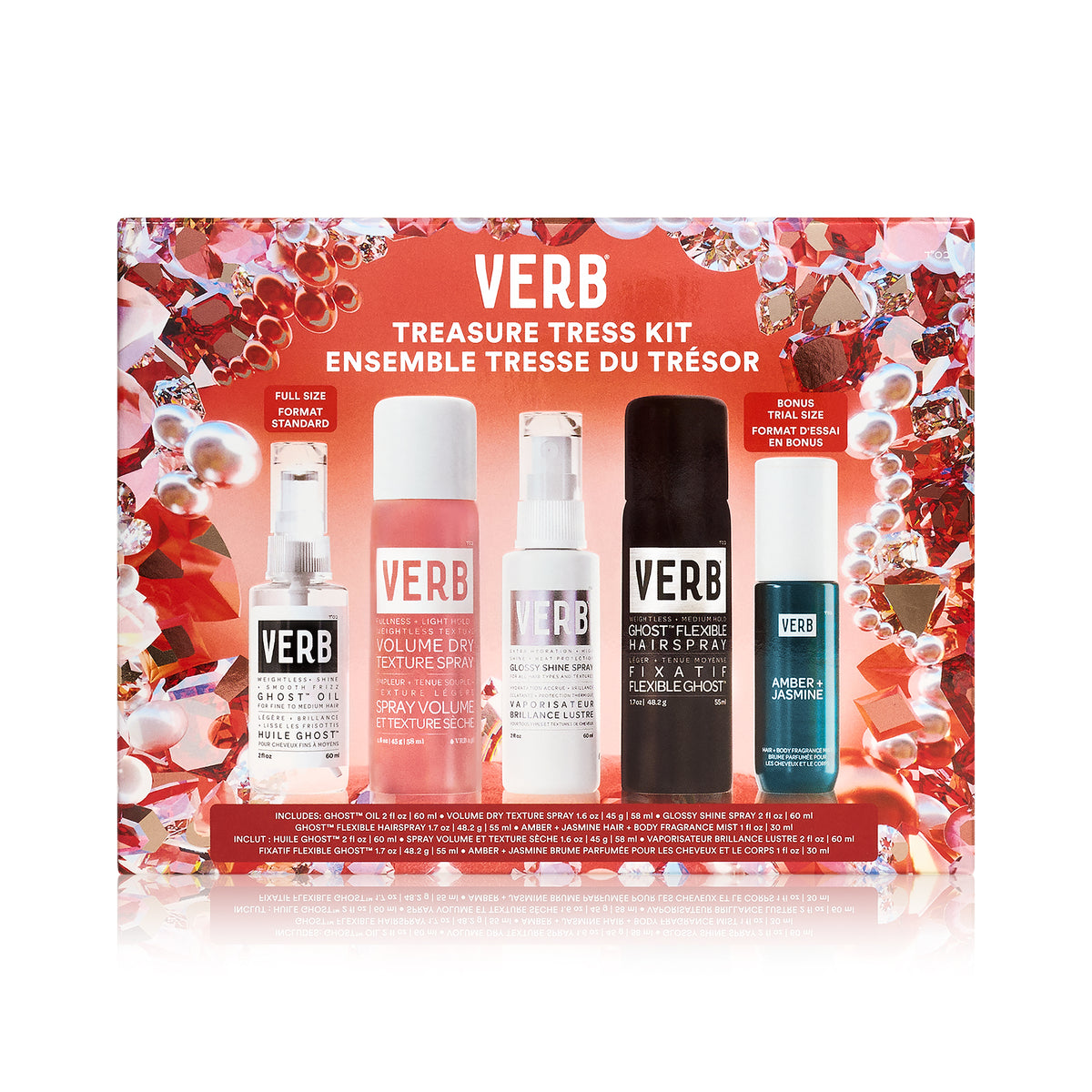Have you recently dyed your hair only to end up with a new warmer tone in the weeks following your visit to the salon? This issue is known as brassy hair and it can occur with many color transformations, but it’s most common when going from dark hair to a lighter shade such as platinum or blonde. When brassiness occurs, you’ll notice cool tones turning into warmer hues such as yellow, orange or red.
Whether you want to get rid of brassy hair or just prevent it, we’re here to help. Find out everything you need to know about brassy hair including what it is, what causes it and how to prevent it from ruining your look.
What is brassy hair?
Brassy hair is the appearance of unwanted warm tones in color-treated hair. It’s most common in dark hair that’s been dyed to a lighter shade like blonde, silver or grey. Brassiness usually starts at the roots and appears as warm yellow, orange and red tones.
Why is brassy hair bad?
Many people see brassy hair as a problem because it causes undesired tones that change the look of your hair. This occurs because your natural hair undertones return and mix with the dye. For example, someone who is originally brunette but has gone platinum may find that their hair will turn orange. Even in the early stages of brassy hair, having uneven tones at the roots can affect the look of the hair.
What does brassy hair look like?
Brassy hair looks like an unnatural yellowish or orange tint. It can appear harsh or even almost metallic. The color often makes hair appear lifeless or dull. Here are some different examples of what brassy hair can look like:

|
 |
 |
What causes brassy hair?
Did you know each strand of hair has three layers? That’s right. The cuticle, the cortex and the medulla.

Source: HairKnowHow
Your natural hair color comes from pigments in the middle layer (the cortex) and these can become more visible through long-term sun exposure or chemically lightening them.
Lightening your hair through a dyeing process strips the middle layer of your natural color pigments, wiping the slate clean to make room for new pigments deposited from the dye you’re using.
When the lightening process doesn’t get rid of all the underlying pigments you may end up with brassy hair that appears orange, yellow or a warmer color than intended. This may be noticeable immediately after dyeing, but in some cases the results may appear in the coming weeks as your natural undertones return and mix with the dye.
How to get rid of brassy hair and prevent it
Use Purple Shampoo and Purple Mask
For anyone with lightened hair, purple products are a must. Products like our Purple Shampoo and Purple Mask help prevent brassiness by counteracting warm tones before they change your look. They work based on the science of color theory, which states that colors on opposite spectrums of the color wheel will cancel each other out. (See the image below!)

Source: Venngage
On the color wheel, violet is the opposite of warm colors like yellow, orange and red — meaning violet shades will neutralize warm colors. These products are formulated with violet pigment and deposit a small amount into your hair to counteract brassy tones. As an added bonus, they also help restore moisture to nourish strands so they can stay soft and shiny.

purple hair mask
formulated to hydrate, soften
and reduce brassiness in blonde,
grey and silver hair tones
Use a color-neutralizing toner to get brassiness out of your hair
During the bleaching or lifting process, use a color-neutralizing toner to remove any remaining natural hair pigment that can lead to discoloration or brassiness. As an added bonus, a toner also helps to lock in the new color and reduce fading. Use a hair toner every six to eight weeks to help keep your colored hair fresh and brass-free.
Minimize washes by using dry shampoo
Try to minimize washing to slow the color-fading process. Instead, use a purple-hued dry shampoo such as our Dry Shampoo Light to brighten blondes and counteract brassy hues while cleansing hair.
Wash hair with cool water
When your hair is due for a wash, keep the water temperature low. Hot water opens the hair’s cuticle which can result in color fading and brassiness. Instead, try washing your hair with cool water which seals the cuticle, helping it to retain moisture for added smoothness and shine. To ensure colored hair gets enough moisture, use our Hydrate Shampoo and Hydrate Conditioner to cleanse and hydrate hair, followed by our nourishing Hydrate Leave-In Conditioner before styling.
Avoid excessive sun exposure
Long-term exposure to direct sunlight can dry hair out and speed up the fading process. In addition to damaging UV rays, being outside for long stretches of time exacerbates the oxidation of your hair which damages the outer layer of the hair shaft and can lead to brassiness. To prevent this, wear a hat when you go outdoors in the summer or use UV-protectant hair products.
Remove product build-up and strengthen hair before lightening
Before your next color treatment, make sure your hair is in good condition to go through the lightening process. After all, you don’t want product build-up and existing damage to interfere with your color transformation. To help strengthen your hair and give it a clean slate, start by using a shampoo such as the Verb Bonding Shampoo. Follow this by using our Bonding Mask to deeply nourish hair and finish with Ghost™ Oil to complete your hair routine.
Get rid of brassy hair for good!
Don’t let your fear of brassy hair prevent you from going blonde or another lighter shade. Remember, it’s easier to prevent brassy hair than to get rid of or fix it. With the right routine, you can enjoy cool, bright hair that’s brass-free.
Explore our Purple Shampoo and Purple Mask, both of which are made with pro-grade violet pigment to neutralize brassy hues and enhance cool tones in blonde, highlighted, grey and silver hair. See before and after pictures and learn more about this duo today!
violet pigment infused shampoo to nuetralize brassy hue reduces brassiness by 24%*
* proven results in a third-party testing lab
Have more questions about brassy hair? DM us on Instagram @verbproducts and we’ll answer all your haircare concerns. If you want more product recs for your unique hair type, texture, concerns and goals — check out our hair quiz for personalized recommendations.
